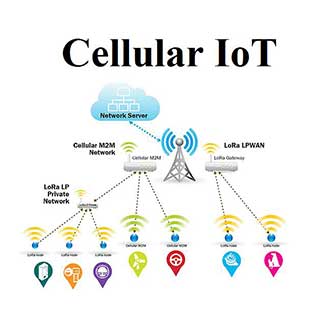How Cellular Networks
Work for IoT (internet of things).
working of cellular networks for IoT is described below.
Cell networks give the spine to a lot of what we know and love, permitting us to get to the web, get rides, interface with companions, shop, watch recordings, and significantly more. Notwithstanding the individual advantages we're all acquainted with, cell networks likewise serve a basic and developing part in numerous Internet of Things applications.
In a portion of my past posts, I've investigated other network innovations including WiFi, Bluetooth, and LPWANs. The explanation we have such countless choices for availability is on the grounds that IoT applications can contrast definitely, which means differing prerequisites.
Despite the fact that network advancements keep on being improved, eventually, there will consistently be a tradeoff between power utilization, reach, and transmission capacity. Cell availability has generally been centered around reach and transmission capacity to the detriment of intensity utilization, implying that it can send heaps of information over significant distance however depletes battery rather rapidly. This is fine for gadgets that are associated with a power source or that can be revived frequently (for example your telephone), however an off limits with regards to IoT applications that require distant sensors and gadgets to a months ago or years on battery.
Notwithstanding, that is not the full story with regards to cell. You've presumably heard names like 2G, 3G, and 4G, yet new cell advancements like NB-IoT and LTE-M are pointed explicitly at IoT applications. What's more, 5G is probably going to likewise demonstrate valuable for IoT, and extraordinary by and large.

Comments
Post a Comment